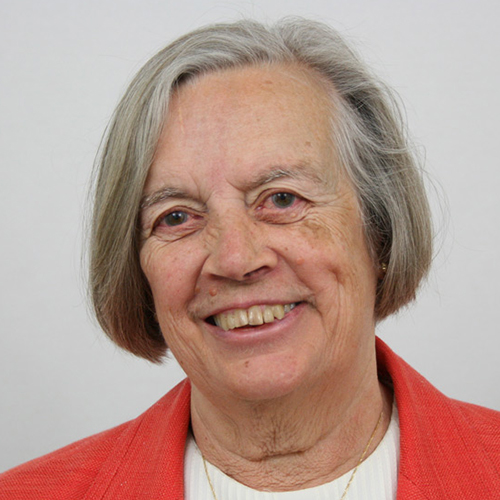Statement of Jocelyn Frye, President of the National Partnership for Women & Families WASHINGTON, D.C. – June 28, 2024 – Today, the Supreme Court upended sound, longstanding, legal precedent that has provided protections for everyday people for decades...

Medicare and Medicaid: 50 Years of Improving the Lives of Women and Families
If there was ever a moment that illustrated how public policy can transform people’s lives, it may have come 50 years ago today when President Lyndon Johnson signed the Medicare and Medicaid programs into law.
Over the past half-century, these programs have become lifelines for millions, helping generations of seniors age with dignity and connecting low-income families with the health care they need. Today, these programs cover nearly one in three people in this country – more than 100 million Americans, ensuring that nearly every senior has health coverage and making care affordable for millions of lower-income individuals and their families, pregnant women, people with disabilities, and others.
Medicare and Medicaid have been unparalleled success stories. They’ve been especially beneficial for women and families:
- Medicaid’s coverage of family planning services has improved women’s health, lives, ability to care for their families and economic security by allowing them to plan families according to their personal, professional and financial goals. In fact, one study estimates that nearly one third of the 1990s reduction in the gender pay gap can be explained by early access to oral contraceptives.
- Medicaid’s long-standing commitment to improving maternal and child health helped drive the nearly 90-percent decrease in the U.S. infant mortality rate over the past 50 years. It achieved this by tackling complex variables that affect healthy pregnancy, birth and infancy, including by improving the rate and content of postpartum visits; reducing unintended pregnancies; improving birth spacing; expanding and enhancing breastfeeding; reducing preterm births and adverse pregnancy outcomes; and encouraging early and regular adult and adolescent well-care.
- Both programs’ coverage of basic preventive health services can mean the difference between dying from preventable diseases, and surviving and thriving. Medicaid and Medicare cover preventive care services for women young and old, including wellness visits, cancer screening and screening or treatment for dozens of other conditions, many of which disproportionately affect women.
- Medicare’s and Medicaid’s coverage for critical health care services protects older and disabled women and their families from financial disaster. For millions of lower-income beneficiaries, Medicaid is available to pay for the extended long-term care they need. Hospital stays, lab tests, critical supplies like wheelchairs and prescription drugs and even home care can be cost-prohibitive for lower-income families, and these programs also ease that burden for many, which improves the quality of their lives immeasurably. This is particularly important for women because they are more likely than men to live alone and to suffer from chronic conditions and physical and cognitive disorders.
Without question, Medicare and Medicaid have improved, lengthened and saved countless lives. And over time, they have become drivers of change for our health care system, moving us closer to the day when all families have access to higher quality, better coordinated care at lower cost.
That’s because these programs provide critical opportunities to test innovative new models of care delivery and payment at both the state and federal levels, such as through accountable care organizations (ACOs), patient-centered medical homes and other demonstration projects. This transformation relies heavily on patients, providers and decision-makers having the right information and data, and Medicaid’s Electronic Health Record (“Meaningful Use”) Incentive Program is helping more and more patients and family caregivers access health information online anytime they need it and facilitating their engagement as true co-creators of our new health care system.
When he signed these programs into law in 1965, President Johnson said, “No longer will older Americans be denied the healing miracle of modern medicine. No longer will illness crush and destroy the savings that they have so carefully put away over a lifetime so that they might enjoy dignity in their later years. No longer will young families see their own incomes, and their own hopes, eaten away simply because they are carrying out their deep moral obligations to their parents, and to their uncles, and their aunts.”
We have made incredible progress in achieving many of the lofty goals he set forth in that speech, but we still have more work to do to ensure all Americans have access to high-quality, affordable health care. Let’s continue this work with passion and commitment, so that when Medicare and Medicaid turn 55, or 60, we’ll have even more to celebrate.

